Scotland boasts not only wild landscapes, dramatic coastlines and a rich history, but a whole host of fascinating Scottish animal breeds.
MORE FROM SCOTLAND MAGAZINE
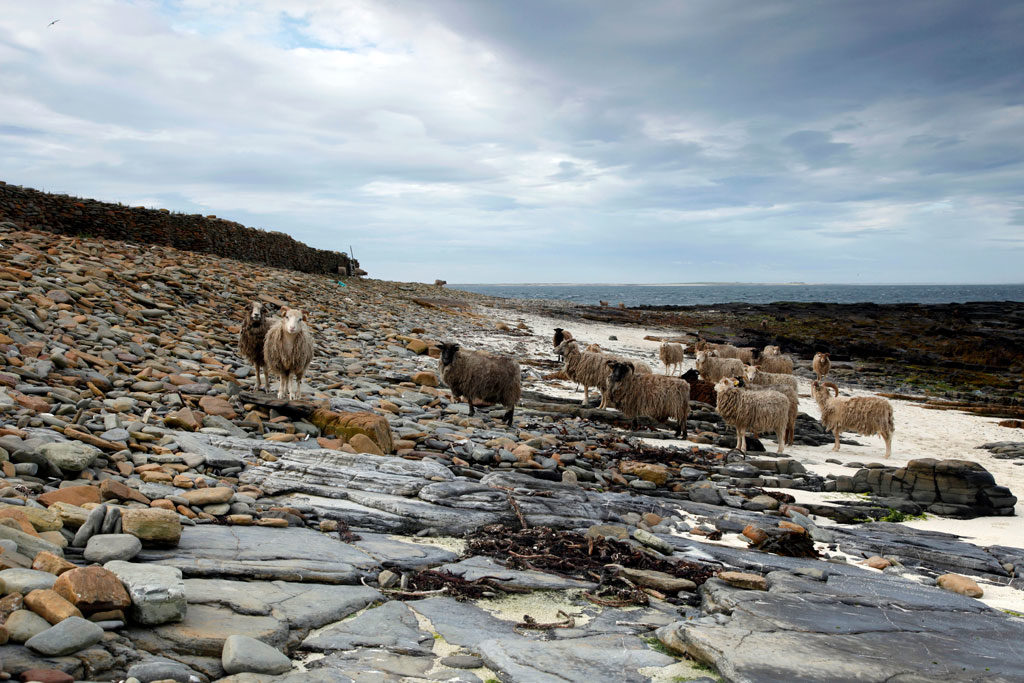
With Orkney origins that date back quite possibly to the Iron Age, the Ronaldsay sheep is known for its small stature and its diet of seaweed. It is one of only two known land creatures to survive on such a diet. The sheep were confined to a select part of North Ronaldsay after a wall was constructed in 1832 which required the breed to adapt to its surroundings and seaweed diet. The sheep were viewed as valuable and 11 individuals were charged with their welfare and protection.
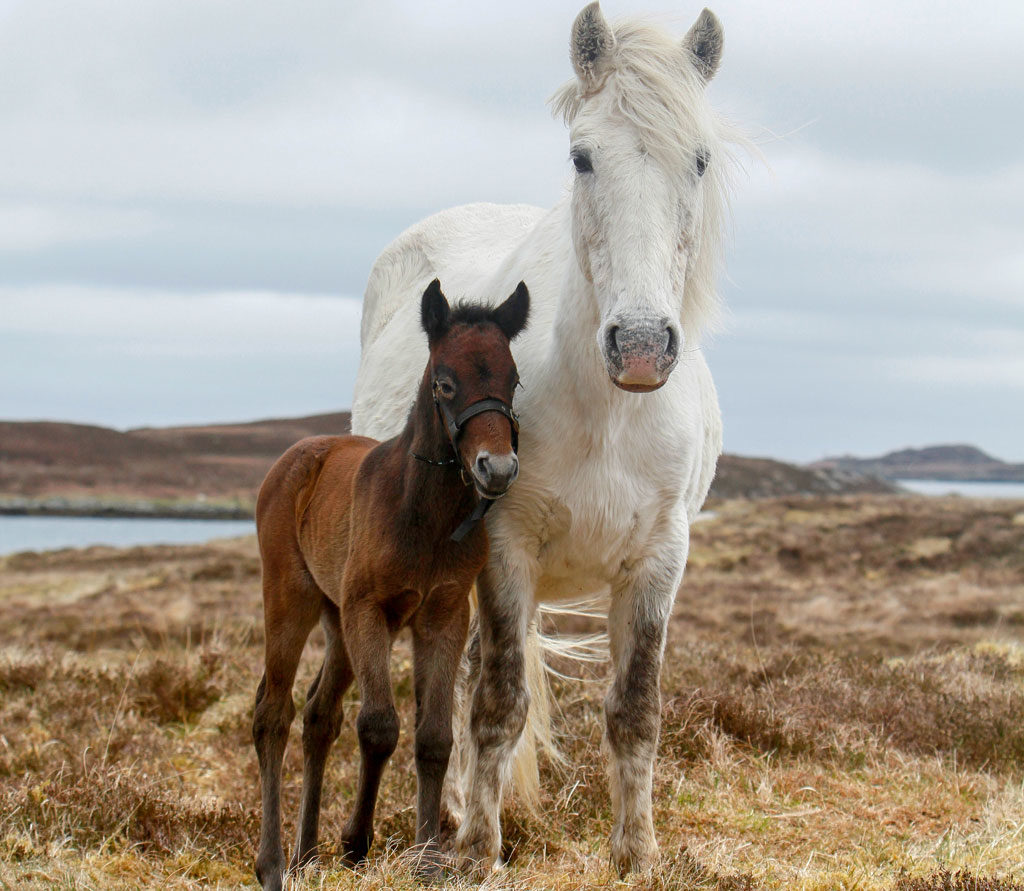
Although one of the rarer breeds in the equine world, the Eriskay comes from the Hebrides and were used as light draught horses. Typically short in stature and grey in colour, the pony is better used today for riding or driving despite being listed as critically endangered. Distantly related to the various other island ponies, the Eriskay likely dates back to the days of the Picts, as shown by the discovery of Pictish drawings.
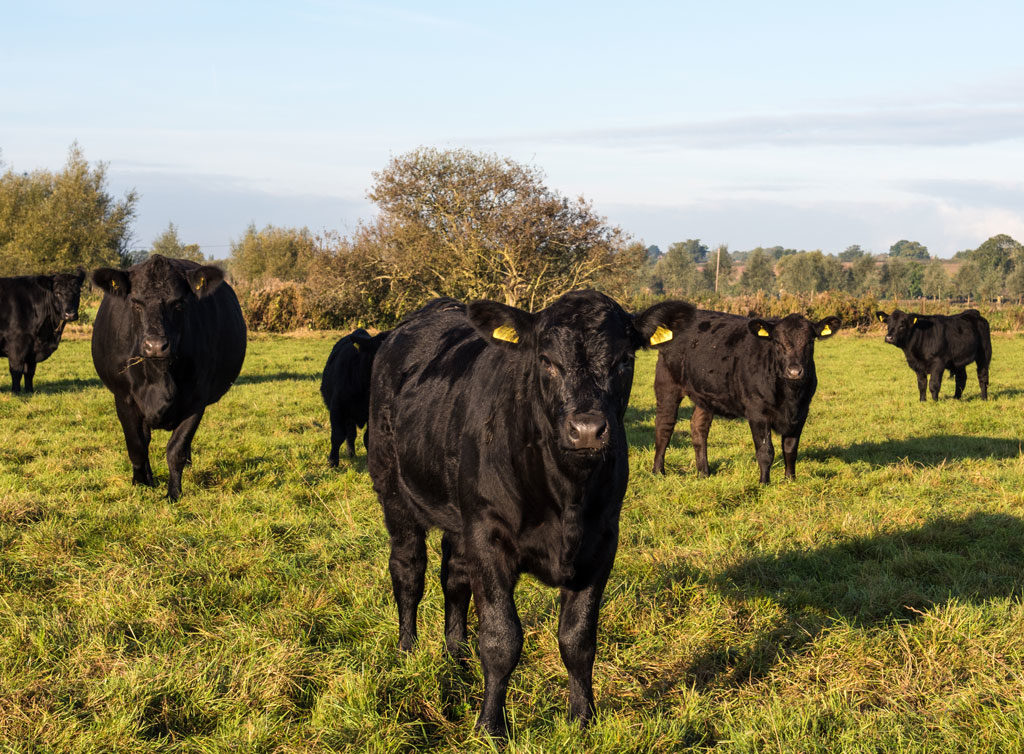
Think of one of the many national breeds that hails from Scotland and almost immediately the Aberdeen Angus comes to mind. As one of Scotland’s best-known native gems, it is hardly surprising that the breed has origins that date back to the 18th century and potentially even further to the 16th century. The breed was quickly recognised and highly valued among farmers much further afield and popularity grew swiftly in Scotland before considerable growth was seen as far as Argentina, America, Canada, Australia and Germany. The breed developed in Aberdeen and was noted for its natural resilience to the harshest of Scottish weather. Although several individuals have played significant roles in the history of the Aberdeen Angus, a certain William McCombie did much to develop the breed and many believe he was the first to breed the already established Aberdeen and Angus varieties. A highly respected farmer and local to Aberdeenshire, McCombie’s successes in breeding did much to protect the Angus for future generations.
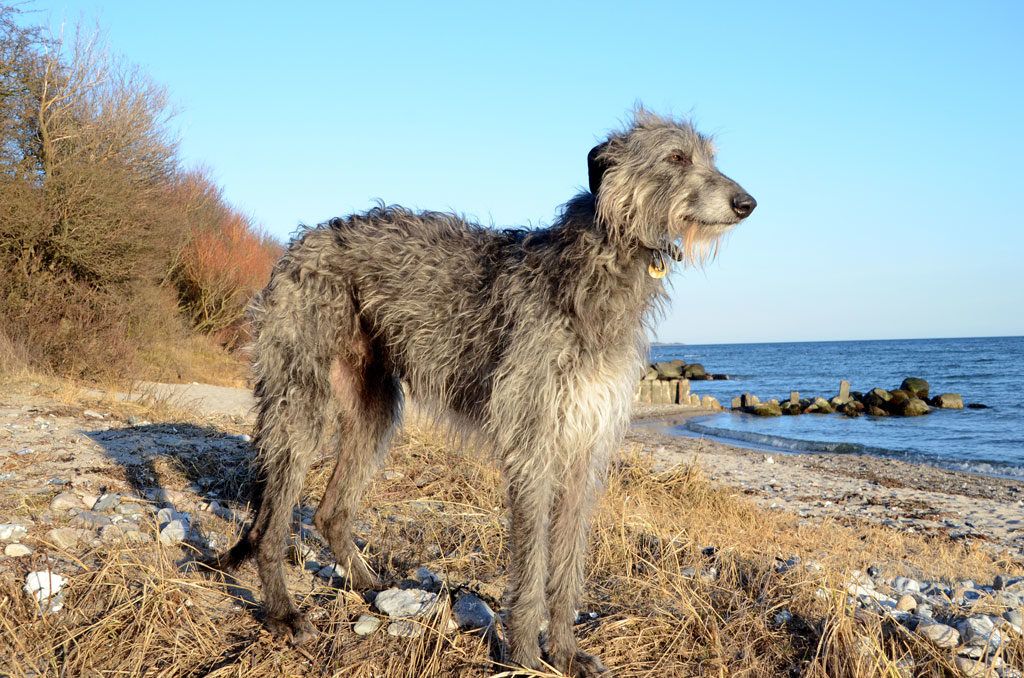
As one of the oldest Scottish dog breeds, the deerhound may well have been in existence as early as the first century. Valued for its kind temperament but strong stature, the deerhound was the favoured choice for a hunting dog. With similarities to the Irish wolfhound, the Scottish deerhound gained favour during the eras of large working estates and frequent hunts. However, its popularity would very nearly become its downfall as Queen Victoria was so impressed that she required almost exclusive ownership. Her favourite deerhound was Hector whose portrait was commissioned from popular artist Edwin Landseer. Queen Victoria owned many deerhounds and brought several to England to be used for hunting, even overseeing a club to celebrate the breed. Sir Walter Scott also loved the breed and his own beloved Maida was part deerhound.
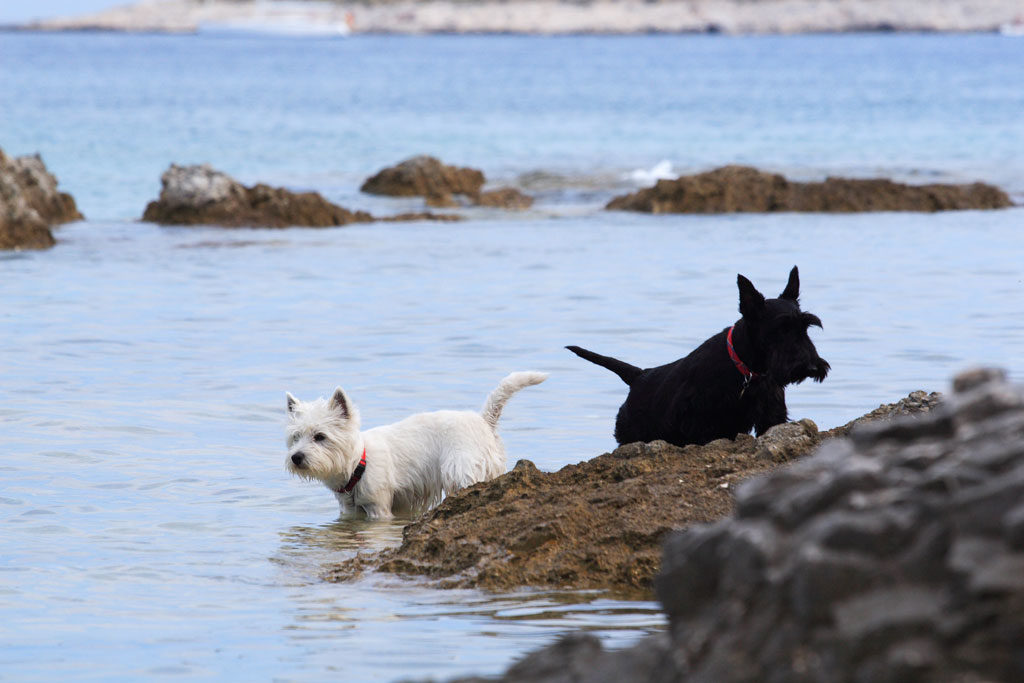
Energetic and playful, Westies, as they are affectionately known, have long been one of the most popular Scottish dog breeds. As part of the terrier family, the breed shares origins with several other terrier varieties although there have been many suggestions surrounding their development, including reports the Spanish Armada helped to strengthen bloodlines after Spanish white dogs were claimed by various clan chiefs from a shipwreck. James VI thought very highly of the Westie and was even inspired to send a gift of 12 West Highland terriers to the King of France.
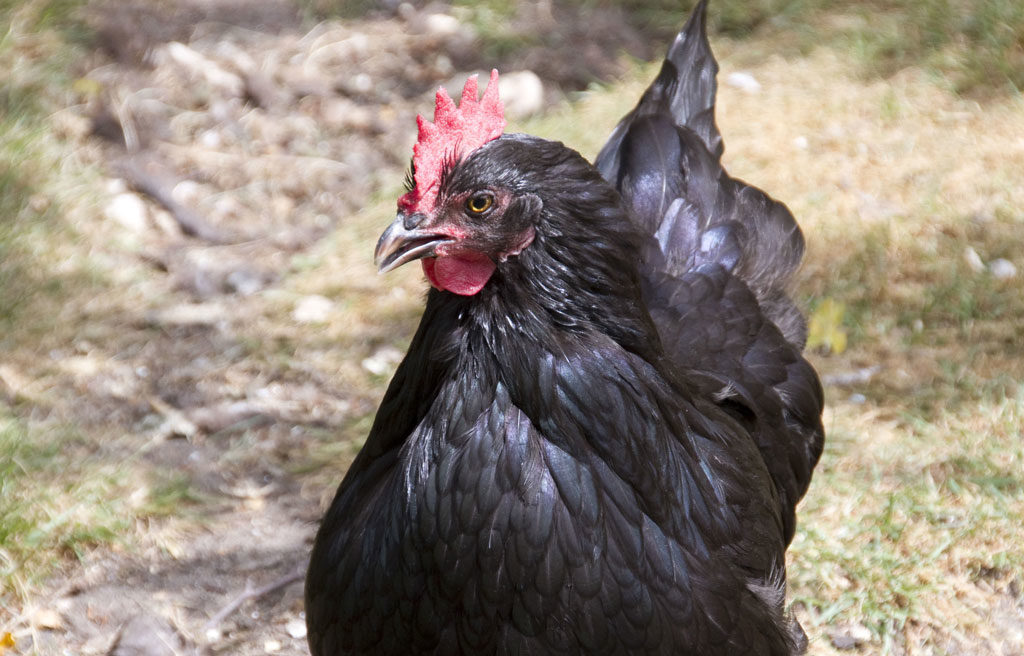
There is a belief that Scots dumpy chickens, with their short and dumpy legs so classic to the breed, once famously alerted Scottish soldiers to an incoming invasion by the English thanks to their highly tuned hearing. It is believed that the Scots dumpy has existed since the time of the Picts and the Celts. Whether the story is true remains to be seen but the breed has certainly been respected for many generations and was viewed as a rare breed as far back as the 19th century. Today dedicated owners do much to preserve the breed and one such avid Scots dumpy lover is the Princess Royal who keeps several fine specimens at Gatcombe Park.
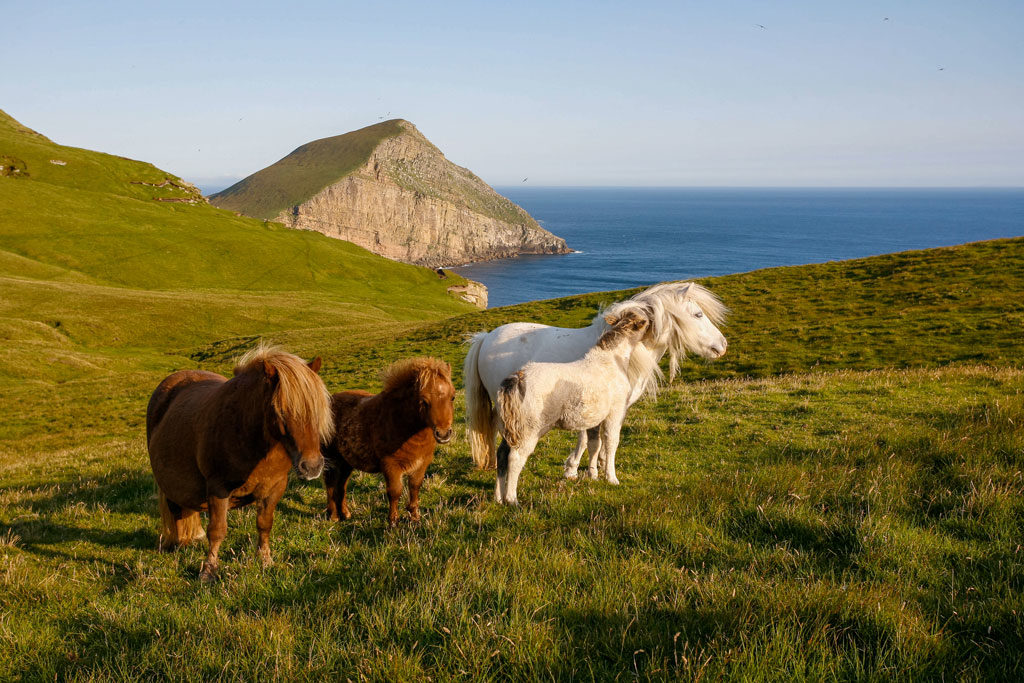
Shetland ponies are one of the most famous of the Scottish breeds. Notorious for its mischievous antics, the Shetland pony is native to both Scotland and Shetland itself. However, the island boasts a variety of other animals including the sheepdog, duck and goose. Many think the sheepdog originates with the rough collie, but it was the King Charles Spaniel and Scottish collie that first developed the Shetland sheepdog. The Shetland goose is another native breed that is characterised by its hardiness along with the Shetland duck, which is one of the most endangered of all the island breeds. Other Shetland breeds include the sheep, cattle and pig.
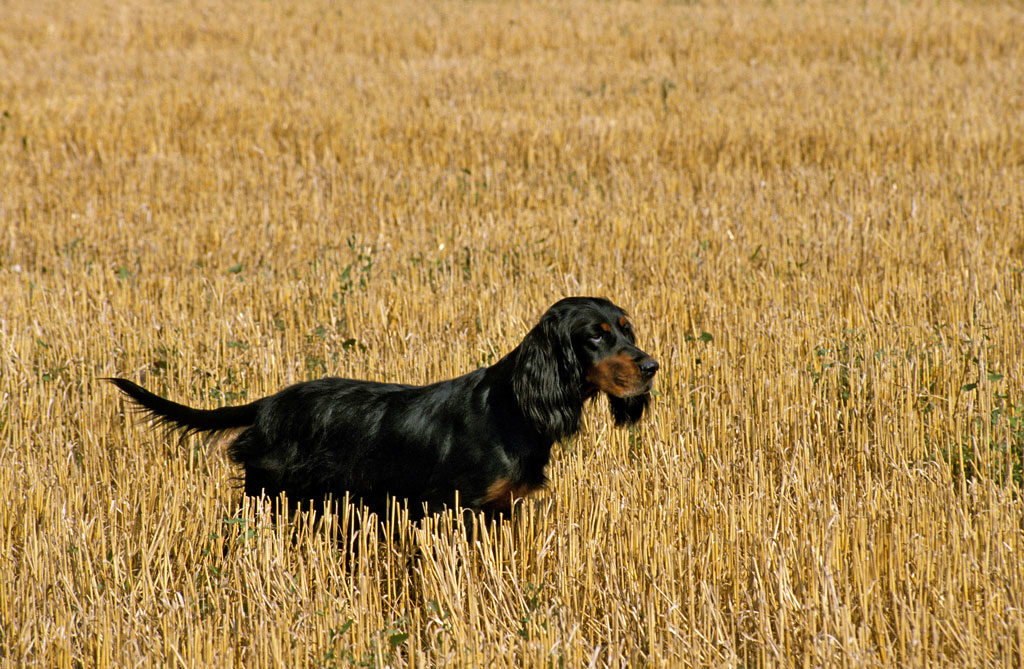
Related to the Irish and red varieties, Gordon setters are part of the greater setter family. However, it was in Scotland that the black and tan dogs got their name. Initially known as a Gordon Castle setter in the 18th century, the dog was hugely popular with Alexander Gordon, the 4th Duke of Gordon, who had kennels full of the breed at Gordon Castle, located in Moray.
READ MORE: Great Scottish castles
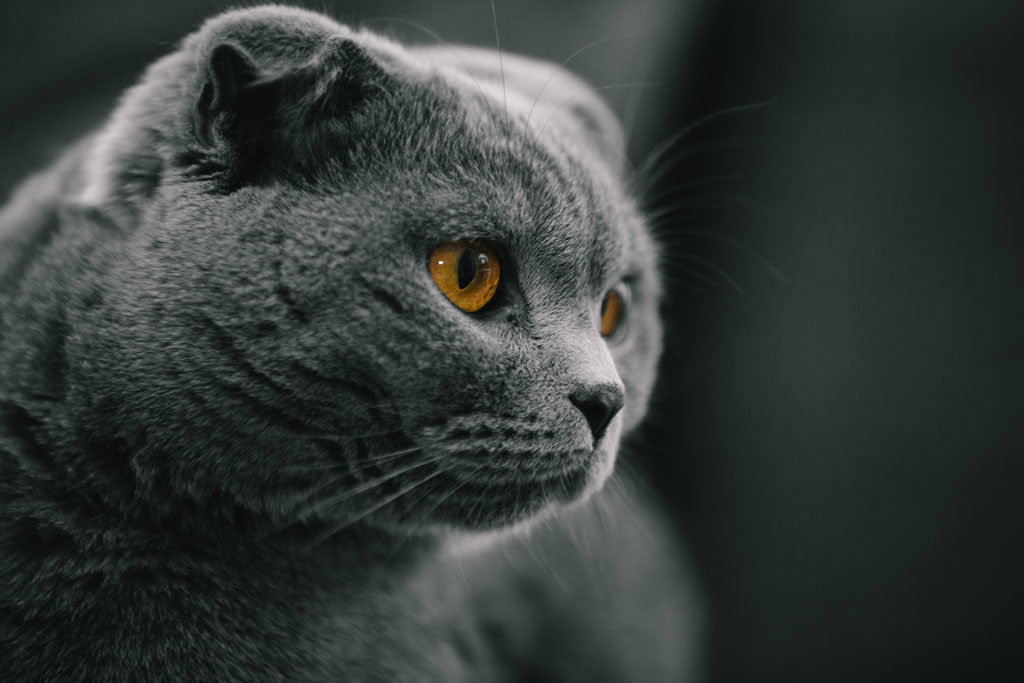
Of all the country’s native breeds, the Scottish fold cat is one of the most special, particularly because its exact origins can be traced. Characterised by its folded ears, Scottish fold cats are born as normal kittens and later develop folded ears if they carry the genetic mutation. The breed originates from Perthshire where a particular farm cat by the name of Susie lived. Reportedly, this white cat was the first known carrier of the fold gene and after having kittens, several of her offspring also developed the folded ears. Today, the Scottish fold cat is incredibly popular and one of the two most famous supporters of the breed are Ed Sheehan and Taylor Swift who both own fold cats.
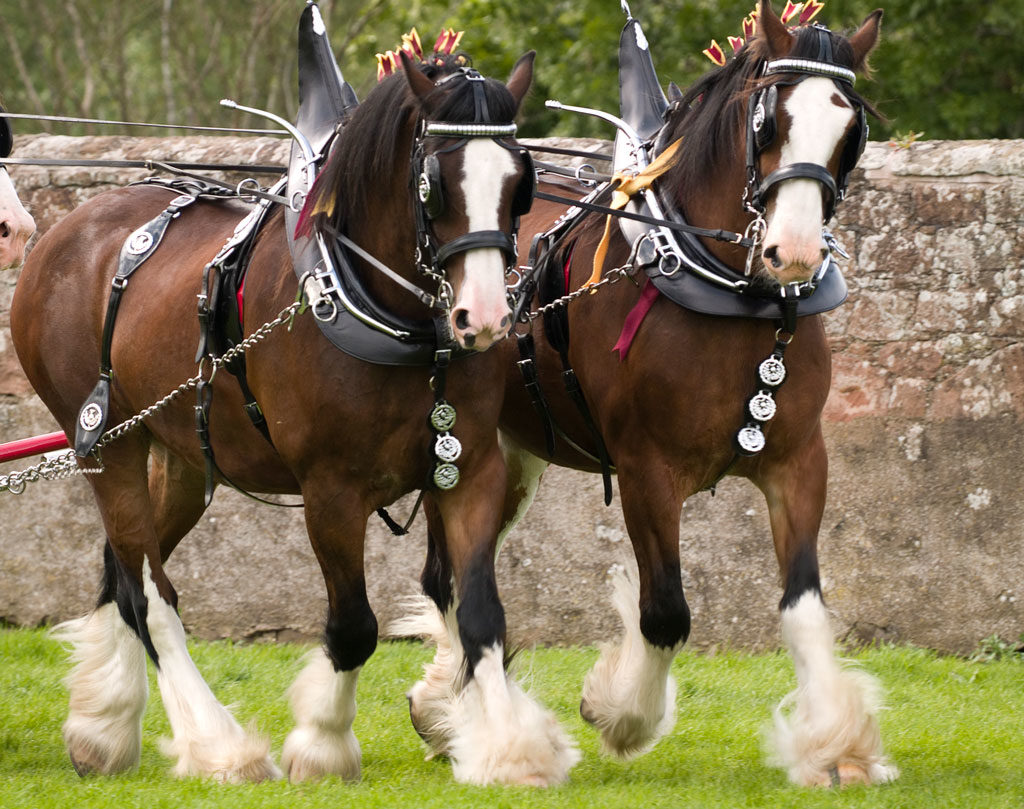
Renowned for their large size and good temperament, the Clydesdale draught horse is perhaps the most majestic of all the Scottish breeds. With an interesting history especially throughout the First World War, the breed is also celebrated today for its driving, riding and showing abilities and is also most famously used by the British Household Calvary where its size and temperament are highly valued.
MORE FROM SCOTLAND MAGAZINE

SCOTLAND MAGAZINE
Published six times a year, every issue of Scotland showcases its stunning landscapes and natural beauty, and delves deep into Scottish history. From mysterious clans and famous Scots (both past and present), to the hidden histories of the country’s greatest castles and houses, Scotland‘s pages brim with the soul and secrets of the country.
Scotland magazine captures the spirit of this wild and wonderful nation, explores its history and heritage and recommends great places to visit, so you feel at home here, wherever you are in the world.